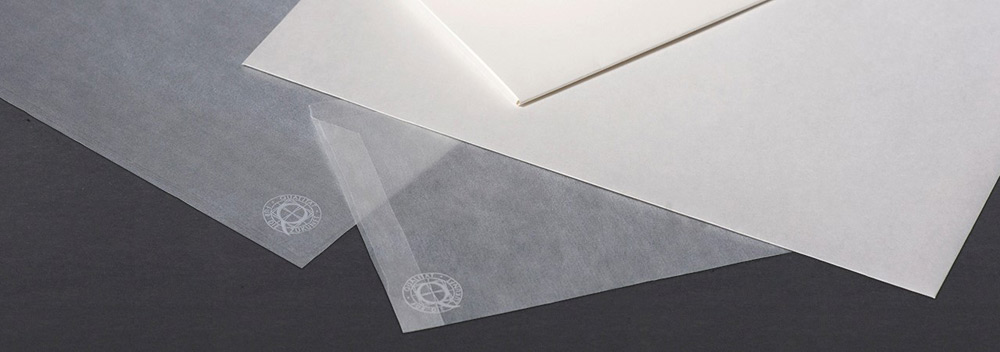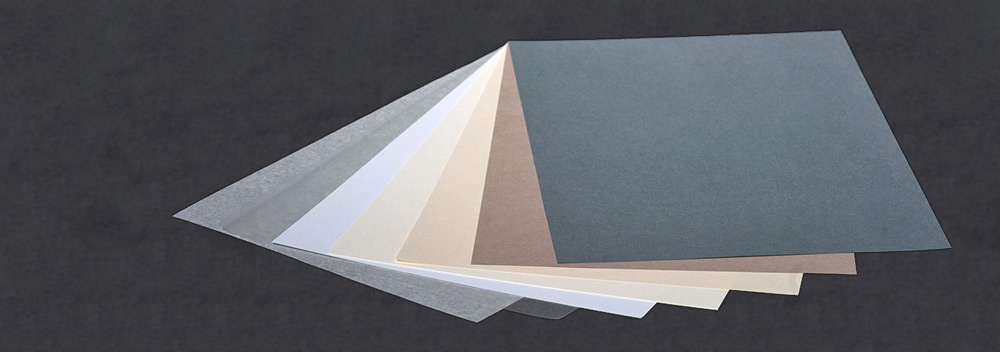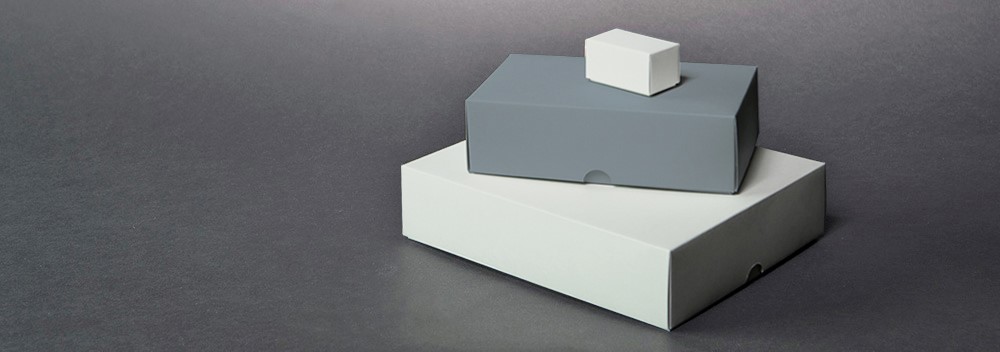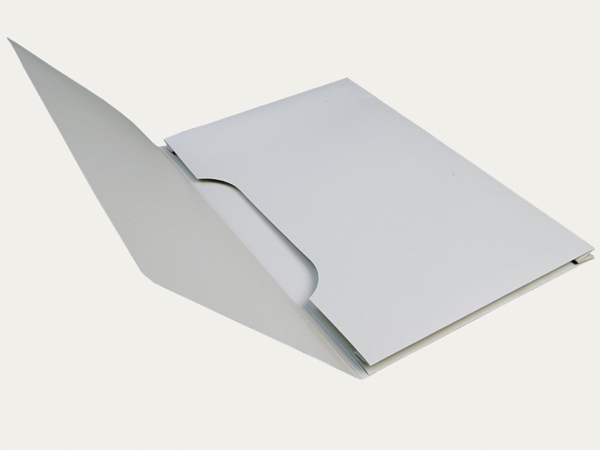
Means of storage of exhibits
The purpose of passive or preventive preservation is to slow down the deterioration process by preventing harmful effects. The main goal of preventive conservation using special certified products is to preserve and protect the existing condition of the object. Therefore, we always discourage any intervention that may alter the material or immaterial value of a cultural artefact. products meet all the requirements of aging resistance, from the composition of the raw materials used in our paper to a huge range of archival storage products such as cardboard, folders, cases, envelopes and boxes. In addition, we offer a legally binding quality guarantee for our products in accordance with the technical requirements of the EN ISO 9706 and ISO 16245 standards. Products for storing photographic archives are additionally tested by PAT.
Cardboard sheets
Cardboard is a flat, sheet-like material made mostly of fiber, mostly of vegetable origin. Its base weight starts at around 150 gsm. Cardboard is a general term that covers various types and qualities of paper. The paper manufacturer distinguishes between single-layer and multi-layer cardboard materials.

Overlay paper
Acid-free paper made without the use of optical brighteners. Suitable as overlay paper for archival long-term storage of photographs, watercolor paintings or other materials.

Cardboard boxes
There are always high requirements for packaging used for preservation purposes. They must protect the valuable cultural artefact from any external influences and compensate for climate fluctuations. We can offer boxes of various parameters, of various types and thicknesses of cardboard, selected according to the placed artifact or weight.

Cardboard boxes
Archival storage tubes are made of natural white, aging-resistant conservation cardboard. Cardboard layers are glued with quality tested lamination glue, neutral pH and without softeners. Tutas can be of various lengths and diameters.

Folders and envelopes
Envelopes were used in archives, libraries and museums to store small, usually flat objects. Today, envelopes and folders serve a primary storage function, including the storage of many cultural artifacts.

Didn't find what you were looking for? Get in touch
Fill out the form below and we will provide you with an offer for the solution you are looking for.
Get an offer that meets your needs!
Partners:





